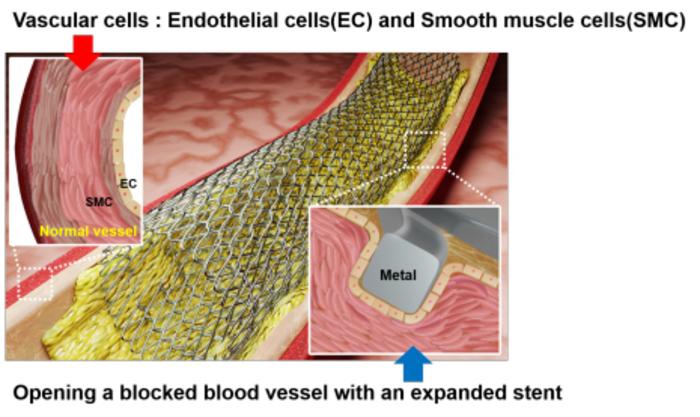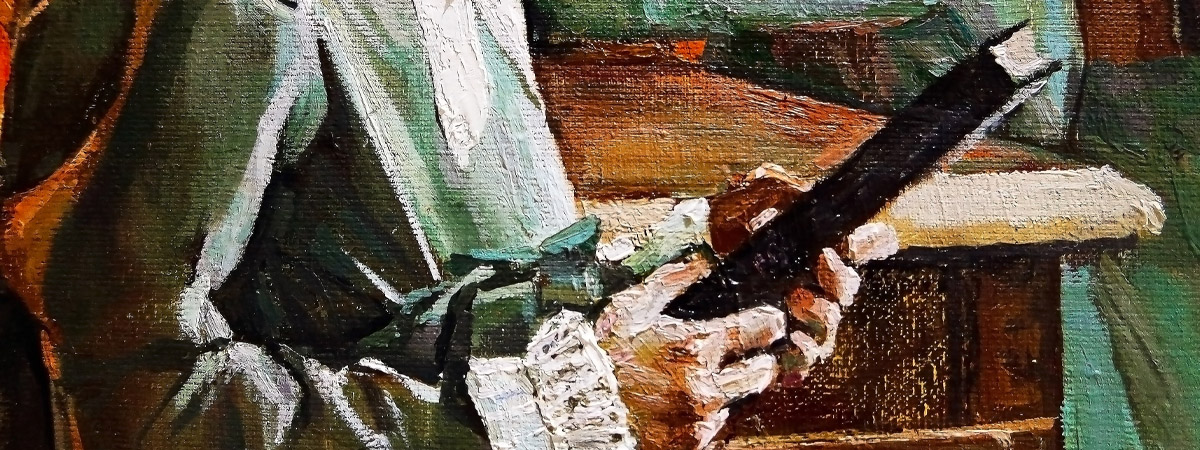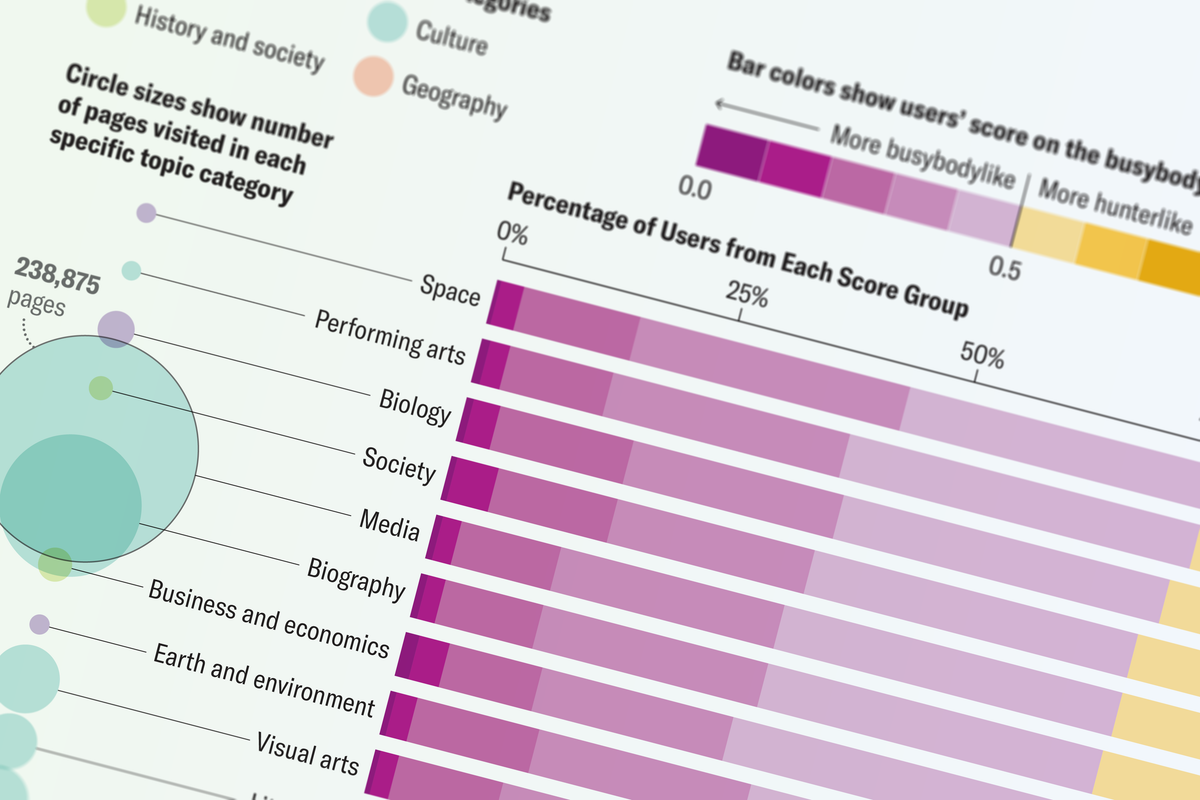Analysis of inner ear canals from hundreds of modern and fossil animals shows that warm-bloodedness appeared abruptly in the late Triassic
Life
20 July 2022
Warm-bloodedness may have enabled the ancestors of mammals to expand to colder areas Luzia Soares
The first warm-blooded animals appeared abruptly 233 million years ago, according to clues hidden deep inside their ears.
Before now, scientists estimated that warm-bloodedness, or endothermy, gradually evolved over a period of about 120 million years based on vague clues from animals’ skeletons and their environments. But Ricardo Araújo at the University of Lisbon in Portugal and his colleagues suspected that the bony labyrinths containing the semicircular canals in the inner ear might provide a more precise record.
These fluid-filled canals in the inner ear help animals maintain balance and keep their sense of orientation. But because temperature affects the way fluids behave, warm-blooded animals would, in theory, have had to evolve a different inner ear shape from their cold-blooded ancestors in order to keep their orientation system working properly.
Araújo and his colleagues used an X-ray scanning technique called microtomography to examine the inner ears of hundreds of modern animals, including mammals, reptiles, birds, amphibians and fish, and 64 extinct species of mammalian predecessors.
They found that in mammals, which are warm-blooded, the inner ear canals were more circular and smaller and thinner relative to their body size, compared with those in cold-blooded reptiles, amphibians and fish.
Fish living in cold water, for example, have “enormous” canals for their body size, says Araújo’s colleague Romain David at the Natural History Museum in London. “So you really have some kind of gradient, from very low body temperature fishes to the very high temperatures of mammals, in the size of the semicircular canal,” he says.
That gradient was so reliable that the researchers soon realised that they could identify whether animals were warm-blooded or cold-blooded “with a lot of confidence” just by looking at their inner ears, says Araújo.
Armed with that knowledge, the team looked at the inner ear canals in their ancient specimens spanning several hundreds of millions of years. They determined that mammal ancestors first became warm-blooded over a roughly 1-million-year period during the late Triassic, 233 million years ago.
“It was actually a very abrupt thing, not gradual as it was thought to be for a long time,” says David.
The team’s time estimate corresponds with the first known appearance of mammaliamorphs, ancestors of mammals that may have had the first hairs and whiskers.
Warm-bloodedness would have allowed these animals to venture into colder territories and remain active for longer, says Araújo.
However, being warm-blooded comes at the cost of needing more food in order to keep up with the demands of internal heat production, says David. That could explain why many species have remained cold-blooded, especially when food availability is low and outdoor temperatures are high.
Birds, which are warm-blooded descendants of reptiles, evolved endothermy separately from mammals, with a different effect on the inner ear shapes, the researchers found. While they have some trends that are similar to those for mammalian inner ear canals, they don’t necessarily follow the same gradients because the chemical composition of their inner ear fluids is different.
Journal reference: Nature, DOI: 10.1038/s41586-022-04963-z
More on these topics:































![Watch Beyonce Netflix NFL Halftime Performance Texans Game [Video] Watch Beyonce Netflix NFL Halftime Performance Texans Game [Video]](https://tvline.com/wp-content/uploads/2024/12/beyonce-nfl-netflix.jpeg?w=650)


























